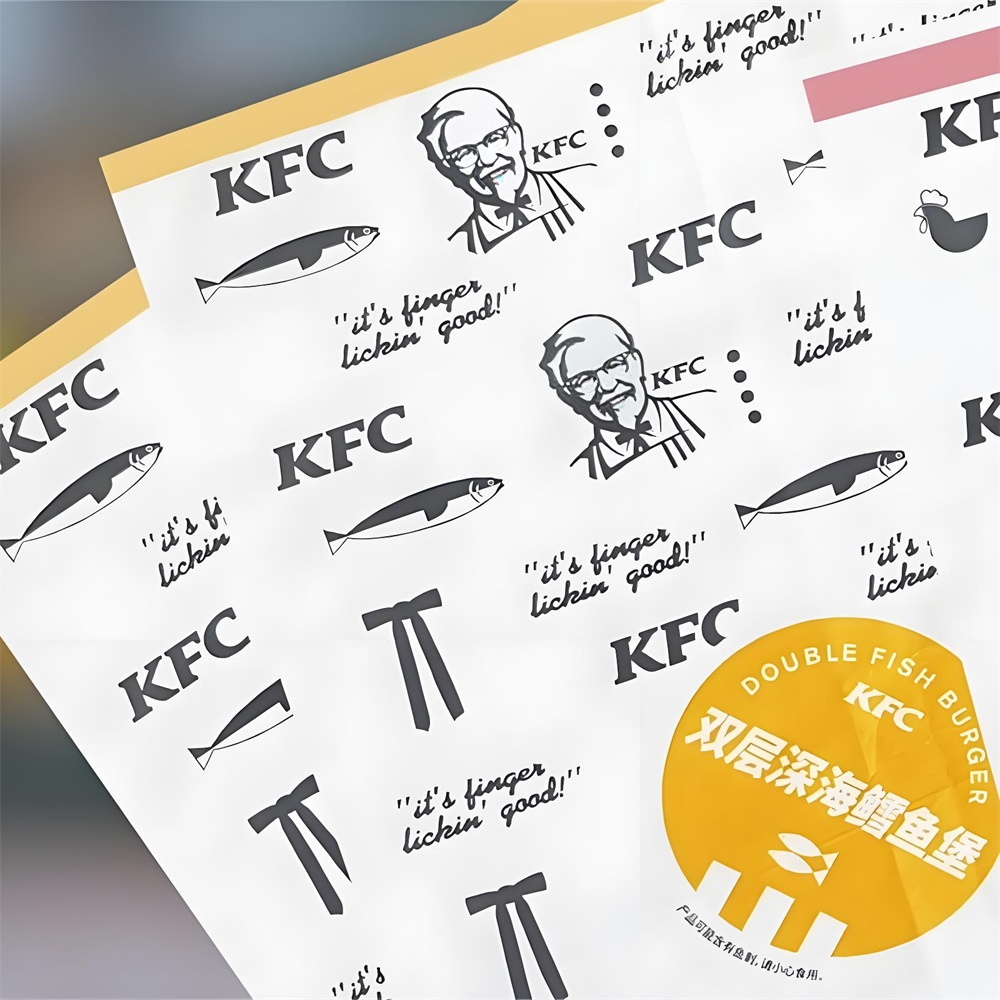The Complete Guide to Water-based Coating Paper
What is Water-based Coating Paper?
Water-based coating paper is an innovative, sustainable alternative to traditional plastic-coated packaging.
Unlike conventional polyethylene (PE)-coated paper, which relies on fossil fuel-derived plastics, it uses a water-based dispersion to create a protective barrier.
This dispersion typically contains four core components:
Water (50–75% of the formula): Acts as a solvent, ensuring even application and evaporation during drying.
Binders (e.g., acrylics, starch derivatives, or bio-based latex): Form a film to block moisture, grease, and oxygen.
Fillers (e.g., calcium carbonate, kaolin): Improve coating smoothness, reduce costs, and enhance barrier properties.
Additives (e.g., surfactants, defoamers): Optimize coating stability and performance.
Why It’s Revolutionary:
Plastic-Free: Meets strict regulations like the EU Single-Use Plastics Directive.
Recyclability: The coating dissolves during paper recycling, eliminating the need for complex separation processes.
Food Safety: Complies with FDA 21 CFR and EU 10/2011 standards, ensuring no chemical migration into food.
The Process of Water-based Coating Paper
Producing water-based coating paper involves precision and eco-friendly techniques:
Step 1: Coating Preparation
The water-based dispersion is formulated to meet specific needs (e.g., high grease resistance for pizza boxes).
Binders and fillers are mixed under controlled pH and temperature to prevent clumping.
Step 2: Application Methods
Curtain Coating: A continuous “curtain” of liquid is poured onto paper, ideal for uniform, high-speed production (e.g., 500 meters/minute).
Blade Coating: A metal blade spreads the dispersion evenly; best for thin, smooth layers (common in premium packaging).
Spray Coating: Used for irregular shapes, like molded fiber containers.
Step 3: Drying & Curing
Coated paper passes through infrared or hot-air dryers at 80–120°C. Water evaporates, leaving a dense, hydrophobic layer.
Unlike PE extrusion (which requires 200°C+), WBBC saves 30–40% energy.
Step 4: Quality Testing
Finished paper undergoes tests for:
- Water Resistance (Cobb test: <10 g/m² water absorption).
- Grease Barrier (Kit test: resists oil penetration for 24+ hours).
- Recyclability (pulping tests confirm full fiber recovery).
Case Study: A European paper mill reduced carbon emissions by 25% after switching from PE to water-based coating paper production.
Is Water-based Coating Paper Better than Plastic Coated Paper?
Key Comparisons:
| Aspect | Water-based Coating Paper | PE Coated Paper |
| Recycling | ✅ Recyclable in standard facilities | ❌ Requires specialized separation |
| Environmental Impact | Biodegrades in 3–6 months (industrial compost) | Takes 500+ years to degrade |
| Cost | 3,500/ton (higher upfront) | 2,500/ton (cheaper but hidden waste costs) |
| Performance | Resists water, grease, and mild acids | Superior moisture barrier but non-recyclable |
Why it Wins:
Regulatory Compliance: Bans on single-use plastics in 70+ countries favor water-based coating paper adoption.
Brand Reputation: 73% of consumers prefer brands using sustainable packaging (McKinsey, 2023).
Circular Economy: Water-based coating paper can be recycled 5–7 times vs. PE coated paper (often landfilled after one use).
Limitations:
-
Cost: Higher raw material prices (e.g., bio-binders cost 20–30% more than PE).
-
Durability: Less effective than PE in extreme conditions (e.g., prolonged freezing).
Applications of Water-Based Coating Paper
Water-based coating paper is versatile across industries:
Food & Beverage
-
Hot Drink Cups: Withstands 90°C liquids without leakage (e.g., Ecoffee Cup).
-
Microwave-Safe Trays: Used for ready meals (tested for 5+ minutes at 800W).
-
Frozen Food Packaging: Resists condensation and ice crystal formation.
E-commerce
-
Recyclable Mailers: Amazon’s Climate Pledge Friendly program uses WBBC mailers.
-
Luxury Packaging: High-gloss WBBC finishes for cosmetics (e.g., Lush’s Naked line).
Healthcare
-
Sterile Medical Wrap: Non-reactive with chemicals like ethylene oxide.
-
Pharmaceutical Blister Packs: Replaces PVC in eco-conscious markets.
Agriculture
-
Seed Packets: Compostable coatings simplify disposal.
Does Water-based Coating Paper Break Down in Nature?
Breakdown Scenarios
Recycling Systems:
- During pulping, water-based coating paper coatings dissolve completely, allowing 95%+ fiber recovery (vs. 60% for PE-coated paper).
- No microplastics are released.
Industrial Composting:
- Certified water-based coating paper (e.g., OK Compost) degrades within 12 weeks at 58°C.
- Binders break into water, CO₂, and biomass.
Home Composting:
- Limited effectiveness due to lower temperatures (20–30°C); partial decomposition may take 6–12 months.
Landfills:
- WBBC degrades anaerobically but slower than composting. No toxic leachate generated.
Certifications to Look For
-
ASTM D6400: Ensures industrial compostability.
-
Blue Angel: Confirms recyclability and low VOC emissions.
Caution: Avoid mixing non-certified water-based coating paper with organic waste, as synthetic binders may persist.
And here in Kaifeng, our water-based coating paper is mainly used for food packaging —— water-based packaging paper!
Take the KFC burger paper as an example......


